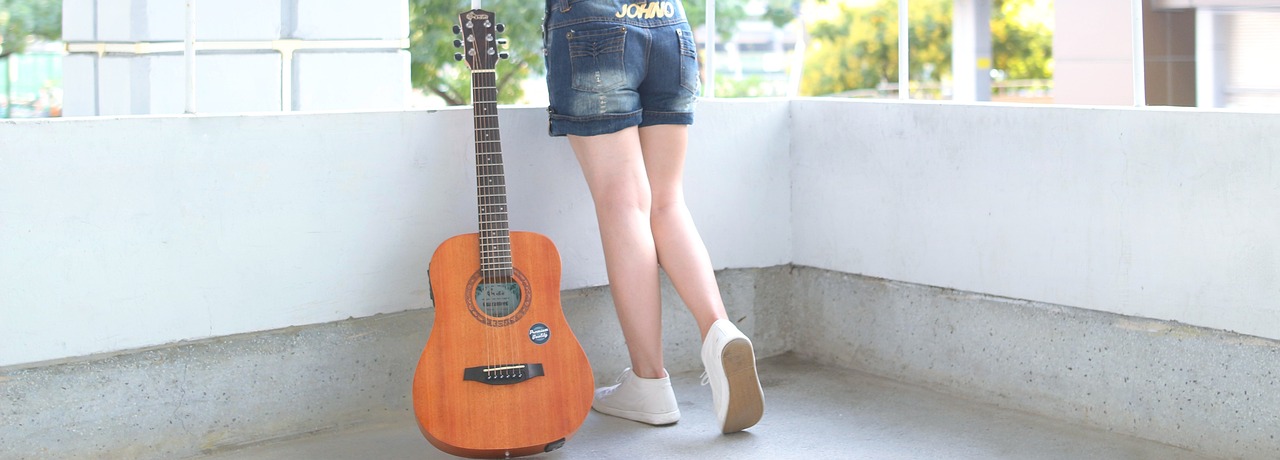Odin is revered under numerous epithets and is known as the divine figure presiding over both combat and mortality. In battle, half of the fallen warriors find their way to his magnificent hall, Valhalla. Recognized as the one-eyed All-Father, Odin sacrificed one of his eyes to gain insight into all occurrences in the universe.
He fathered two sons: Balder, from his first union with Frigg, and Thor, whose mother is Jord. Additionally, Odin is accompanied by several creatures, including his two extraordinary ravens, Hugin and Munin (symbolizing thought and memory), who traverse the Earth relaying their observations. Sleipnir, his remarkable eight-legged steed, has the ability to travel across all realms, while Geri and Freki, his loyal wolves, by his side.
Odin acquired the mystical skill of prophecy from Freyja and possesses a significant golden ring known as Draupnir, which holds great value for the deities.
The Sacrifice of Odin
From his high seat, Hlidskjalf, situated alongside Frigg in Valhalla, Odin gazed over the entirety of existence. His thirst for knowledge urged him to uncover all secrets hidden from his perception. This yearning pushed him toward self-sacrifice.
To seek wisdom, he offered up his eye at Mimir’s well and thrust himself upon his spear, Gungnir, as an act of ritualistic self-dedication. Furthermore, he suspended himself from Yggdrasil, the life-giving tree, for a prolonged span of nine days and nights to gain insights into realms beyond his own and learn the ancient runes.
During this profound period of sacrifice, Odin experienced powerful visions and garnered esoteric wisdom. The magical knowledge he obtained enabled him to heal the ill, calm tempestuous weather, turn weapons against those who would harm him, incite love in women, and neutralize perilous troll women, often by merely casting a glance.
Odin was also a master shapeshifter. He possessed the ability to alter his form, enter an ecstatic trance, and project his soul, allowing him to take on the guise of other beings or creatures. While his physical body lay in a trance, he could roam the skies as a bird or traverse the land as an animal, fish, or serpent across various realms and distant locations.
Often depicted as a charismatic figure who delights in indulging in mead and wine, Odin faced criticism for what some deemed “unmanly behavior.” His engagement in drumming and practicing prophecy, activities traditionally linked to women, attracted disdain from certain factions. The duality of his role as a male seer sparked disapproval in various societal circles.
Odin’s ravens, Hugin and Munin, continue to soar across the world, gathering knowledge and relaying their findings back to him.



